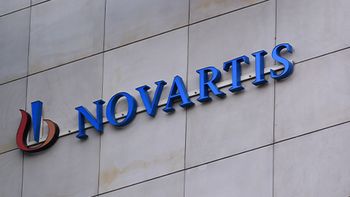
Mastering Medical Animation
We thank you and your editorial staff for publishing the article titled ‘How to Choose a Medical Animator’ in the 1 February issue of Pharmaceutical Executive
We thank you and your editorial staff for publishing the article titled
In just the last decade, discovery in life science, medicine, and digital media technology has provided an enormous number of tools to media creators, enabling visualization of disease processes and mechanisms of action with greater and greater scientific integrity. The challenge to companies with significant educational and visual storytelling needs in the commercialization of biopharmaceutical products is how to evaluate the content and stylistic quality in media creation and to know the difference between sizzle and accurate content that creates a memorable, accurate visual story.
The criteria that the article’s authors Dave Gulezian and Noel Ashekian describe are sound but not all inclusive. One additional criterion in the evaluation process is the medical training of the animators, script writers and the storyboard artists who are responsible for shaping the content, narration and the visual look and feel of the medical science and molecular and cellular biology. Writing animation scripts requires both intimate knowledge of life science and medicine as well as an understanding of story development in animation. Writing ‘brochure copy’ is inadequate in harnessing the full potential of an animation’s visual journey. Text on screen in an animation has the effect of creating split attention that cognitive scientist have proven inhibits learning and long-term memory retention in the auditory and visual multimedia experience. Many medical animators are trained at the graduate level in accredited programs in medical illustration [
The
What is unique to the training of medical animators who are members of the AMI is that they have gained their knowledge through graduate study and continuing education alongside physicians and cell biologists and that they too speak the language of medicine.
Respectfully,
Jane Hurd, President
Christine Young, President-Elect
Linda Wilson-Pauwels, Immediate Past President
The Association of Medical Illustrators
Newsletter
Lead with insight with the Pharmaceutical Executive newsletter, featuring strategic analysis, leadership trends, and market intelligence for biopharma decision-makers.




